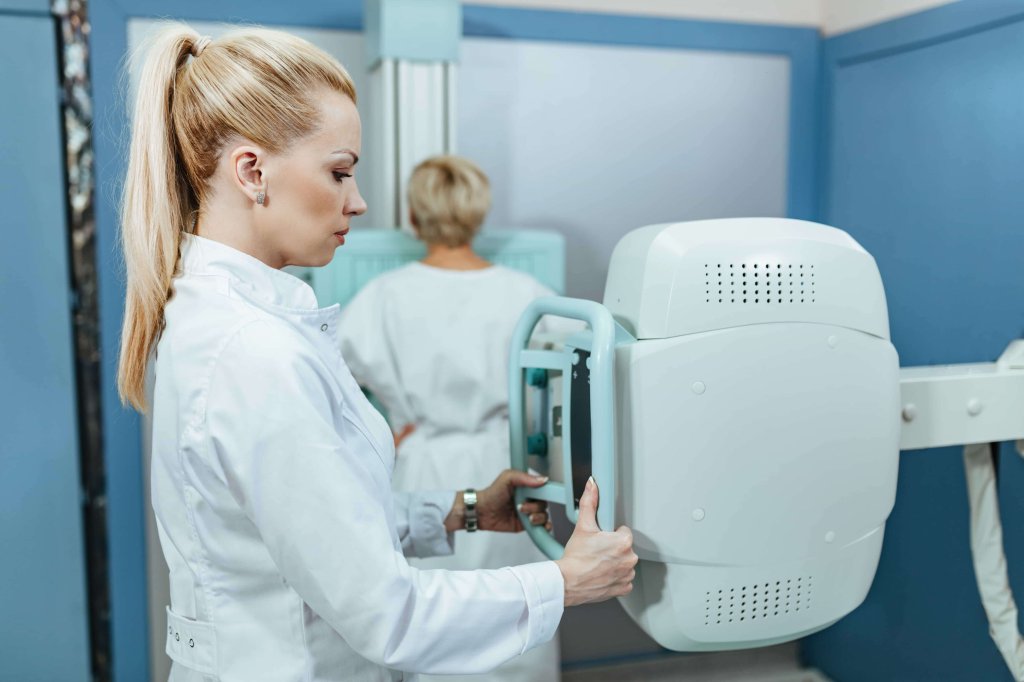Parkinson's disease is a neurological disorder that seriously affects the nervous system and typically appears in old age. This disease occurs due to the loss of dopamine-producing brain cells and is often characterized by symptoms such as slowed movements, tremors, and muscle stiffness. Parkinson's disease is progressive in nature, with symptoms worsening over time and significantly impacting the patient's daily life activities.
What is Parkinson's Disease?
Parkinson's disease arises from the loss of dopamine-producing cells in the brain. Dopamine is an essential chemical that facilitates communication between brain cells. A deficiency in this chemical makes it difficult to control movements. Parkinson's disease is characterized by slowed movements, tremors, muscle stiffness, and balance problems. These symptoms usually start mildly and gradually worsen over time.
Symptoms of Parkinson's Disease
The most common symptoms of Parkinson's disease include tremors, muscle stiffness, slowed movements (bradykinesia), and balance problems. These symptoms typically start with a tremor in one hand and gradually spread to other parts of the body. Tremor is the most noticeable symptom of Parkinson's disease and usually occurs at rest. Muscle stiffness can be felt in any part of the body and can restrict the patient's movements. Slowed movements cause daily activities to take longer, and balance problems increase the risk of falling.
Stages of Parkinson's Disease
Parkinson's disease is generally divided into three main stages: early stage, middle stage, and advanced stage.
Early Stage: In this stage, symptoms are usually mild and do not significantly affect daily activities. Patients may notice the symptoms at this stage, but they do not severely impair the quality of life.
Middle Stage: In this stage, symptoms become more apparent, and the patient's ability to move independently may be partially limited. Daily activities become more challenging, and patients often need assistance.
Advanced Stage: In the advanced stage, symptoms become quite severe. Movements may be almost completely restricted, and patients require continuous care and support to maintain their daily lives.
Parkinsonism and Parkinson Plus Syndrome
Parkinsonism is a term used to describe movement disorders similar to Parkinson's disease. This term encompasses a group of diseases that exhibit similar symptoms to Parkinson's disease but have different neurological mechanisms. Parkinson Plus syndrome refers to conditions where additional neurological symptoms are present along with Parkinson's disease. These syndromes are usually associated with a worse prognosis, and treatment options are more limited.
Genetic Origins of Parkinson's Disease
Research on the genetic origins of Parkinson's disease suggests that certain gene mutations or genetic variations may play a role in the development of the disease. Individuals with a family history of Parkinson's disease are at a higher risk of developing the condition. However, the exact causes and progression of the disease are still not fully understood. Genetic factors, combined with environmental factors, may contribute to the development of the disease.
Relationship Between Parkinson's and Alzheimer's Disease
Parkinson's and Alzheimer's diseases are both neurodegenerative disorders that significantly affect the nervous system, but they progress in different ways. Parkinson's disease is characterized by movement disorders, while Alzheimer's disease leads to memory and cognitive impairments. There are certain connections between these two diseases, and some patients may experience both conditions simultaneously. Research on the impact of Parkinson's disease on Alzheimer's disease and the likelihood of these diseases occurring together can help shape treatment methods and patient management.
Treatment Methods for Parkinson's Disease
The treatment of Parkinson's disease is aimed at managing the symptoms of the disease. Treatment options include:
Medication Therapy: The most common treatment for Parkinson's disease is medication. These medications help balance dopamine levels and alleviate symptoms. Levodopa is one of the most commonly used drugs in the treatment of Parkinson's disease and helps control symptoms by increasing dopamine production.
Surgical Interventions: In advanced stages of Parkinson's disease, surgical methods such as deep brain stimulation (DBS) may be preferred. DBS helps control symptoms by sending electrical impulses to specific areas of the brain.
Physical Therapy: Physical therapy is important in Parkinson's disease to increase mobility and reduce muscle stiffness. Regular exercises can have positive effects on balance and coordination.
Lifestyle Changes: Healthy eating, regular sleep, and stress management are important for improving the quality of life for Parkinson's patients. These changes can slow the progression of the disease and help patients maintain their daily lives more comfortably.
Methods Beneficial for Parkinson's Disease
In managing Parkinson's disease, in addition to medication therapy, physical therapy, speech therapy, diet, and alternative treatment methods can also be used. These approaches are important for helping patients control symptoms and improve their quality of life. For example, stress management techniques such as yoga and meditation can help patients maintain mental and physical health. Additionally, a balanced diet and adequate nutrition can improve the overall health status of Parkinson's patients.
Parkinson's disease, as a progressive neurological disorder, can significantly affect the lives of patients. However, with the right treatment and management strategies, symptoms can be controlled, and the quality of life for patients can be improved. As research continues on the genetic and environmental origins of the disease, understanding the causes, symptoms, and treatment methods of Parkinson's disease is crucial for patients and their families.
This content is for informational purposes only and contains general information about health topics. The information provided here should not be used to assess your individual medical condition or to receive treatment recommendations from a health professional. If you have any concerns or symptoms related to your health, please consult a health professional for an accurate diagnosis and treatment. Avoid implementing any treatment or management strategies on your own without seeking professional medical advice for any health issue.




